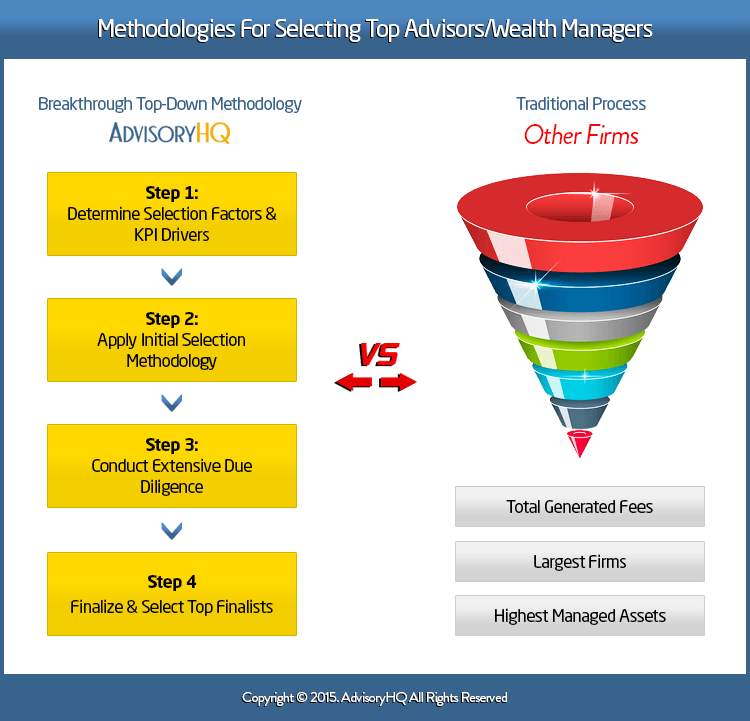
This article will show you how to get a Roth IRA. This article will explain how to get a Roth IRA as well as how to contribute. We will also discuss the options for investments and how to rebalance your account. Before you get started, ensure that you have sufficient funds to invest in your Roth IRA.
Investing In A Roth Ira
The first step in investing in a Roth IRA is to decide what type of investments you want to place in the account. Peer-to-peer lending platforms are more risky than most income investments and offer higher returns. ETFs are passively managed investment funds that invest within an index. Although they have become more specialized over time, they are still viable options for many people.

Contributing in a Roth Ira
First, determine if you are eligible to contribute to a Roth IRA. You must have income to contribute. Earned income includes wages and salaries. It also includes tips or commissions. Income from investments or Social Security benefits is not eligible. Earned income does not include unemployment compensation. Roth IRA contributions are tax-deferred.
Making investments to fund a roth-ira
Before you invest in Roth IRAs, you must know the details of your account. An investment broker will help you decide whether to invest in individual securities, or in funds. Financial planners can also help you choose investments. You can also make use of an automated investment platform such as a Robo-Advisor. This will generate an investment portfolio for an affordable annual fee. Regular contributions are all that is required to put your money into a Roth IRA.
A roth ira must be balanced
Rebalancing your Roth IRA is a good idea if you have many different investments. Diversifying your investment portfolio across asset classes is key to a good portfolio. This includes stocks, bonds and cash as well as precious metals. Diversifying within different asset classes is important. A typical investor wouldn't want to own only technology stocks in the United States. It would be safer if you invested in a mix international and domestic stocks.

A robo adviser
Robo-advisors offer many benefits. It offers experienced money management for a low fee, while you don't have to worry about the minutiae of the investment process. A robo-advisor cannot predict how your investments will perform, unlike human advisors. This article outlines some of the many benefits of using a robotic advisor to obtain a Roth Ira.
FAQ
How old should I start wealth management?
The best time to start Wealth Management is when you are young enough to enjoy the fruits of your labor but not too young to have lost touch with reality.
You will make more money if you start investing sooner than you think.
If you want to have children, then it might be worth considering starting earlier.
If you wait until later in life, you may find yourself living off savings for the rest of your life.
How does Wealth Management work
Wealth Management allows you to work with a professional to help you set goals, allocate resources and track progress towards reaching them.
In addition to helping you achieve your goals, wealth managers help you plan for the future, so you don't get caught by unexpected events.
They can also be a way to avoid costly mistakes.
Who Should Use a Wealth Management System?
Everyone who wishes to increase their wealth must understand the risks.
New investors might not grasp the concept of risk. Poor investment decisions can lead to financial loss.
Even those who have already been wealthy, the same applies. They might feel like they've got enough money to last them a lifetime. However, this is not always the case and they can lose everything if you aren't careful.
Every person must consider their personal circumstances before deciding whether or not to use a wealth manager.
What is investment risk management?
Risk management is the art of managing risks through the assessment and mitigation of potential losses. It involves monitoring and controlling risk.
A key part of any investment strategy is risk mitigation. Risk management has two goals: to minimize the risk of losing investments and maximize the return.
The following are key elements to risk management:
-
Identifying the source of risk
-
Monitoring and measuring the risk
-
How to reduce the risk
-
How to manage risk
Statistics
- As previously mentioned, according to a 2017 study, stocks were found to be a highly successful investment, with the rate of return averaging around seven percent. (fortunebuilders.com)
- These rates generally reside somewhere around 1% of AUM annually, though rates usually drop as you invest more with the firm. (yahoo.com)
- A recent survey of financial advisors finds the median advisory fee (up to $1 million AUM) is just around 1%.1 (investopedia.com)
- As of 2020, it is estimated that the wealth management industry had an AUM of upwards of $112 trillion globally. (investopedia.com)
External Links
How To
How to invest when you are retired
Retirees have enough money to be able to live comfortably on their own after they retire. But how do they invest it? While the most popular way to invest it is in savings accounts, there are many other options. One option is to sell your house and then use the profits to purchase shares of companies that you believe will increase in price. You could also take out life insurance to leave it to your grandchildren or children.
However, if you want to ensure your retirement funds lasts longer you should invest in property. You might see a return on your investment if you purchase a property now. Property prices tends to increase over time. You might also consider buying gold coins if you are concerned about inflation. They don't lose value like other assets, so they're less likely to fall in value during periods of economic uncertainty.